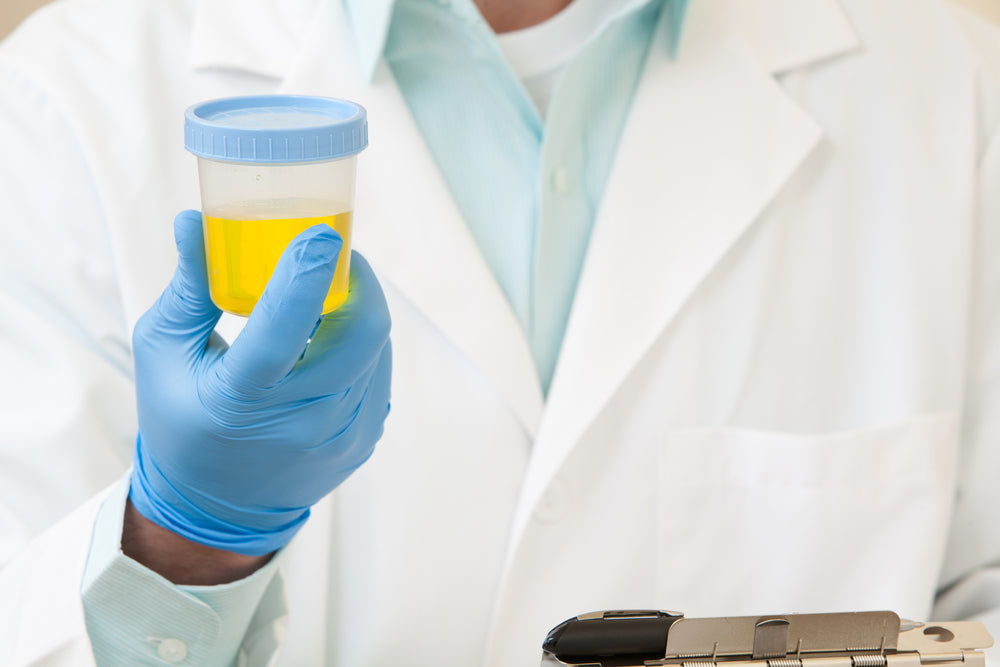Urine drug testing is one of the most common forms of drug testing, but how does it work?
A urine drug testing kit is designed to detect the presence of specific drugs or their metabolites in a person's urine sample. The process typically involves the following steps:
- Collection of urine sample: The individual being drug tested is provided with a container to collect a urine sample. The collection process is often observed to prevent tampering or substitution of the sample.
- Initial screening: The collected urine sample is subjected to an initial drug screening test using drug test strips or a drug test cassette which screen for just one drug, or a multi-panel drug test kit which can screen for multiple drugs on one urine sample. These drug test strips or panels contain specific reagents or antibodies that react with the target drugs or their metabolites. The most common types of drug tests screen for substances such as marijuana (THC), cocaine, amphetamines, methamphetamines, opiates (like heroin and morphine), and benzodiazepines. A multi-panel drug test can also be incorporated into a urine cup, and this is known as an integrated urine drug test cup or cup drug test. Cup drug test kits are very popular for workplace drug testing.
- Immunoassay test: The initial urine drug screening is often based on immunoassay techniques. Immunoassays rely on the reaction between antibodies and the target drug or its metabolite. If the drug is present in the urine, it binds to the antibodies in the test line area blocking the binding of a dye that flows across the results area, and would otherwise bind with the test area, if no drug was present in the urine sample. A urine drug test kits is a rapid competitive binding immunoassay lateral flow test kit.
- Confirmation urine drug test at lab (if necessary): If the initial urine drug screen indicates the presence of drugs, a confirmation laboratory test may be performed using more specific methods like gas chromatography-mass spectrometry (GC-MS) or liquid chromatography-mass spectrometry (LC-MS). Confirmation drug tests provide more accurate and precise results and are typically used to confirm positive findings from the initial drug screening.
- Results interpretation: The urine drug test results are interpreted based on the presence or absence of specific drug or drug metabolites in the urine sample, at or above the specified cut off level of the specific drug test kit (they do vary) . The test is considered positive if the concentration of a particular drug or its metabolite exceeds a predetermined cutoff level.
It's important to note that urine drug tests have a detection window, which is the period during which a drug or its metabolites can be detected in the urine. The detection window for a drug or its metabolites in urine varies for different drugs and can be influenced by factors such as the individual's metabolism, hydration level, and the dosage and frequency of drug use. Additionally, false positives or negatives can occur, and confirmatory laboratory tests are often recommended to verify all positive screening drug test results when the urine drug test is being conducted in a workplace or healthcare setting.

